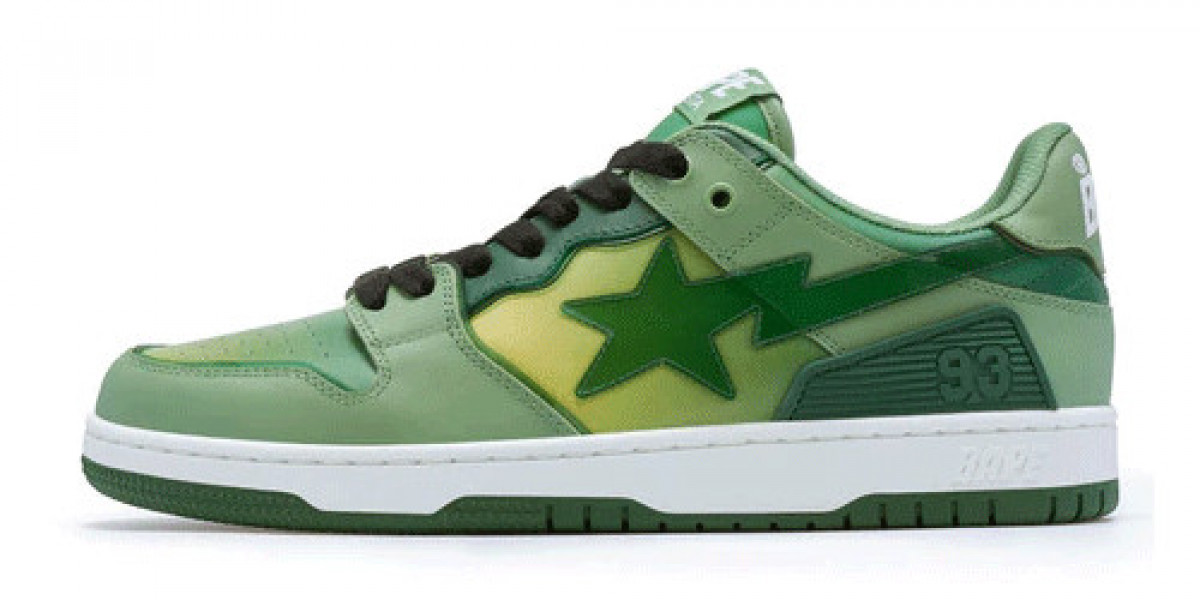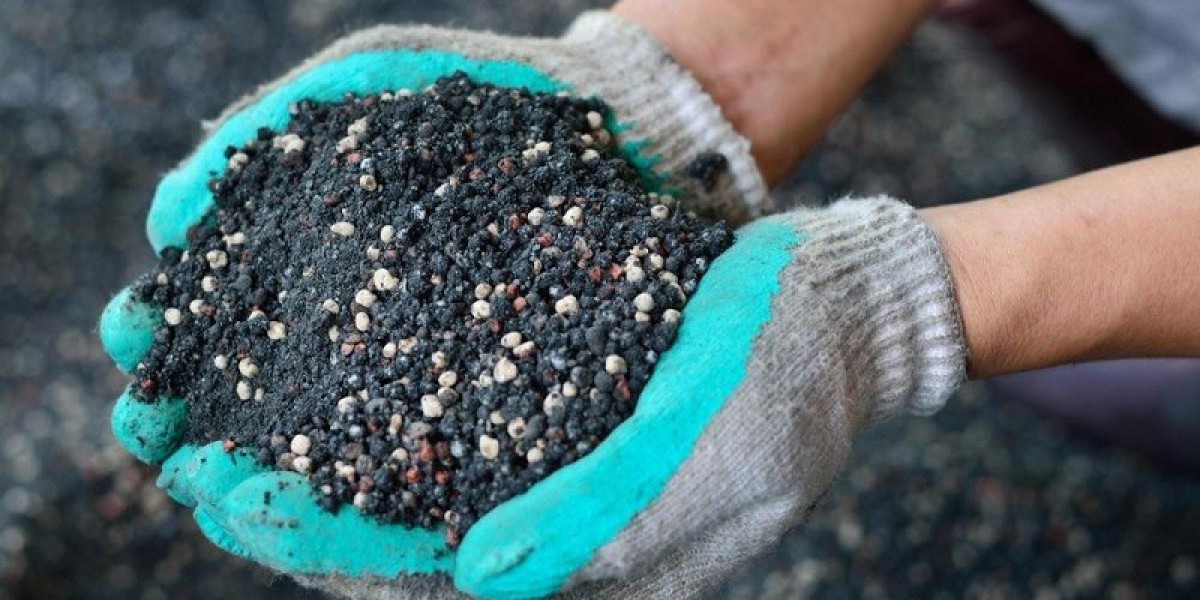Streetwear and sneaker culture are inextricably linked. Few pieces exemplify this synergy better than the Bapesta, a sneaker born from the rebellious energy of Harajuku fashion and hip-hop flair. With its unmistakable design and deep-rooted cultural legacy, the Bapesta has not only made a mark in Japan but has also left a lasting impression worldwide.
The Birth of Bapesta: A Bold Move from BAPE
The Bapesta, often stylized as BAPE STA, was introduced by A Bathing Ape (BAPE), a Japanese streetwear brand founded by Nigo in 1993. Nigo, deeply influenced by American pop culture, music, and fashion, envisioned a Japanese brand that could rival the biggest names in the streetwear world.
The Bapesta was officially launched in the early 2000s, modeled after Nike’s Air Force 1 silhouette. While this sparked controversy at the time, it also generated buzz that helped propel the sneaker into mainstream consciousness. What set the Bapesta apart wasn’t just its shape, but the star logo—known as the "STA"—and its loud, colorful, and patent leather finishes that quickly became the shoe’s signature aesthetic.
A Sneaker of Substance and Style
To understand the appeal of the Bapesta, one must look beyond the design. The sneaker symbolizes a cultural moment where Japanese fashion broke barriers and asserted itself on the global stage. Unlike traditional sneaker drops tied solely to athletics, Bapesta was always about expression. From anime-inspired colorways to exclusive drops that referenced pop culture icons, the sneaker represented creativity and individuality.
Patent leather was rarely seen on sneakers before the Bapesta popularized it. It added an eye-catching, glossy finish that made each pair feel like a collectible. Combined with unique color blocking and limited runs, the Bapesta became a canvas for expression and exclusivity.
The Hip-Hop Connection: Bapesta in Music and Pop Culture
The Bapesta's global appeal wouldn’t be as strong without its deep ties to the hip-hop scene. Pharrell Williams, Kanye West, and Lil Wayne were early adopters, often spotted rocking the sneaker in music videos, red carpets, and live performances. The synergy between BAPE and American hip-hop created a cultural feedback loop—what was hot in Harajuku was suddenly on BET and MTV.
In 2007, Kanye West released a special edition Bapesta that featured his “Dropout Bear” mascot. This marked one of the earliest high-profile artist collaborations with a sneaker brand outside the traditional Nike or Adidas ecosystem. Pharrell followed suit with the Billionaire Boys Club x Bapesta edition, further cementing the sneaker’s relevance in pop culture.
Not Just a Nike Dupe: Bapesta Finds Its Identity
Though comparisons to the Air Force 1 were unavoidable, the Bapesta evolved into something uniquely its own. From special edition drops to region-specific exclusives, it became clear that the sneaker wasn’t trying to be a knock-off—it was a reinterpretation, a remix tailored for the bold and fashion-forward.
While Nike’s Air Force 1 is celebrated for its heritage and performance legacy, the Bapesta is all about lifestyle and artistry. It occupies a different lane—one that celebrates experimentation over tradition.
In many ways, the Bapesta helped usher in a new era of sneakers that were more about fashion than function. Today’s sneaker collaborations between luxury houses and sportswear brands owe a lot to the early groundwork laid by BAPE.
Limited Drops and High Demand: The Resale Market
Part of the Bapesta’s appeal lies in its scarcity. Early 2000s drops were hard to come by outside Japan, and those lucky enough to score a pair were often the center of attention. This exclusivity naturally translated to the resale market.
Even today, vintage Bapestas fetch premium prices on resale platforms. Rare collaborations or Japan-only editions can sell for thousands, making them a grail for collectors. The rise of online marketplaces and sneaker apps has only fueled demand, allowing a new generation of buyers to discover the legacy of Bapesta.
The Modern Bapesta: Reinvention and Revival
Fast forward to today, and BAPE has reimagined the Bapesta for a modern audience. New materials, collaborations with contemporary artists and designers, and subtle tweaks to the silhouette have helped the brand stay relevant in an increasingly crowded market.
In recent years, BAPE has collaborated with brands like Coach, Marvel, and Comme des Garçons, proving that the Bapesta can transcend its early-2000s roots. These partnerships reflect a broader trend in the fashion world where streetwear, luxury, and pop culture frequently intersect.
Moreover, the brand has worked on sustainability efforts and explored gender-neutral sizing, making the Bapesta more inclusive and forward-thinking without losing its rebellious edge.
Bapesta vs. Other Streetwear Sneakers
In a market full of collaborations and hype-driven releases, the Bapesta still stands out. While brands like Nike, Adidas, and New Balance dominate the athletic performance and retro market, BAPE holds a unique place at the intersection of streetwear, art, and music.
Comparing it with something like the Yeezy line, the Bapesta has a more playful and artistic heritage. It’s less about performance and more about visual storytelling. Unlike the utilitarian aesthetics of many modern sneakers, the Bapesta thrives on being loud, unapologetic, and full of personality.
Why Bapesta Still Matters Today
There’s a reason why fashion influencers, stylists, and collectors continue to celebrate the Bapesta two decades after its debut. It’s more than just a sneaker—it’s a statement. At a time when fashion can sometimes feel homogenized by fast trends, the Bapesta remains a symbol of standing out.
It’s also a reminder of streetwear’s roots: subculture-driven, music-inspired, and globally connected. Whether you're a die-hard sneakerhead or a casual streetwear fan, the Bapesta offers a slice of fashion history that still feels fresh today.
Where to Buy Authentic Bapesta Sneakers
While BAPE has expanded its global footprint with flagship stores in cities like New York, London, and Shanghai, authentic Bapestas are still best found through official BAPE retailers or trusted resale platforms. Be wary of fakes, as the sneaker's popularity has made it a common target for counterfeiters.
Collectors often recommend checking details like stitching, logo placement, and box quality before purchasing. The market is full of options, but for those who care about authenticity, knowledge is power.
Conclusion: The Timeless Appeal of the Bapesta
The Bapesta represents a perfect blend of bold design, cultural relevance, and limited-edition allure. It’s one of the rare sneakers that truly transcends its time, continuously reinventing itself while staying true to its roots.
In a fashion world that often moves at lightning speed, the Bapesta's enduring legacy is proof that some styles never go out of fashion—they just evolve.








